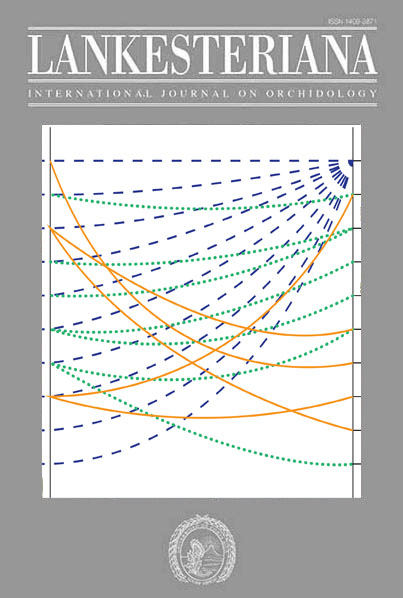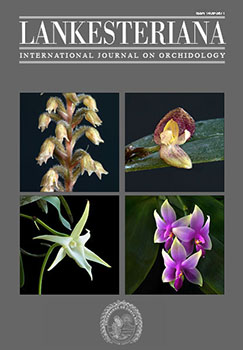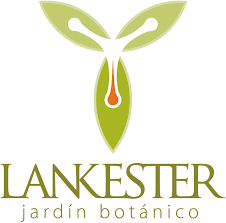Endophytic fungi associated with roots of epiphytic orchids in two Andean forests in Southern Ecuador and their role in germination
DOI:
https://doi.org/10.15517/lank.v20i1.41157Resumen
Las orquídeas establecen interacciones complejas con hongos endófitos a lo largo de su ciclo de vida, particularmente durante la germinación de sus semillas limitadas de reservas de nutrientes. Caracterizar interacciones generalistas y específicas entre las orquídeas y sus hongos asociados es clave para apoyar esfuerzos para su conservación. En este trabajo se estudiaron los hongos endófitos asociados a raíces de orquídeas epífitas de dos bosques montanos del sur del Ecuador. Se colectaron raíces de orquídeas de diez parcelas de ~500 m² distribuidas en dos bosques cercanos. Los hongos endófitos presentes en estas raíces fueron aislados, cultivados e identificados usando marcadores de ADNr. De un total de 10 especies de orquídeas se obtuvieron 52 aislados. Estos aislamientos se clasificaron en nueve grupos taxonómicos identificados y un grupo de hongos endófitos sin clasificación taxonómica. La mayoría de los grupos taxonómicos aislados estuvieron presentes en no más de dos especies de orquídeas diferentes, no obstante, Coprinellus radians, fue aislado a partir de raíces de todas las orquídeas colectadas. Adicionalmente, en una prueba separada, se evaluó el potencial que tiene C. radians como potenciador de la germinación de semillas de dos orquídeas no presentes en los bosques muestreados. De los dos aislamiento deC. radians probados, uno incrementó la germinación de ambas orquídeas a niveles cercanos a la mitad de lo registrado en semillas cultivadas en medio rico en nutrientes (Phytamax), lo cual fue mayor a la nula germinación observada en semillas cultivadas en placas en ausencia del hongo. Nuestros resultados revelan la asociación de hongos del género Coprinellus en todas las orquídeas epífitas estudiadas y un potencial rol para C. radians como promotor de la germinación de semillas de orquídeas.
Palabras Clave: Agaricales, Epidendrum, germinación simbiótica
Descargas

Descargas
Publicado
Cómo citar
Número
Sección
Licencia
Conforme con las Políticas de Acceso Abierto promovidas por la Universidad de Costa Rica, los derechos de autor de todos los artículos publicados en Lankesteriana se encuentran bajo una licencia Creative Commons y pueden ser descargados gratuitamente. Los derechos de autor y de publicación pertenecen a la revista bajo la licencia CC BY-NC-ND 3.0 CR.
Before the publication of the materials submitted by the author(s) in LANKESTERIANA, the author(s) hereby assign all rights in the article to the Lankester Botanical Garden.




